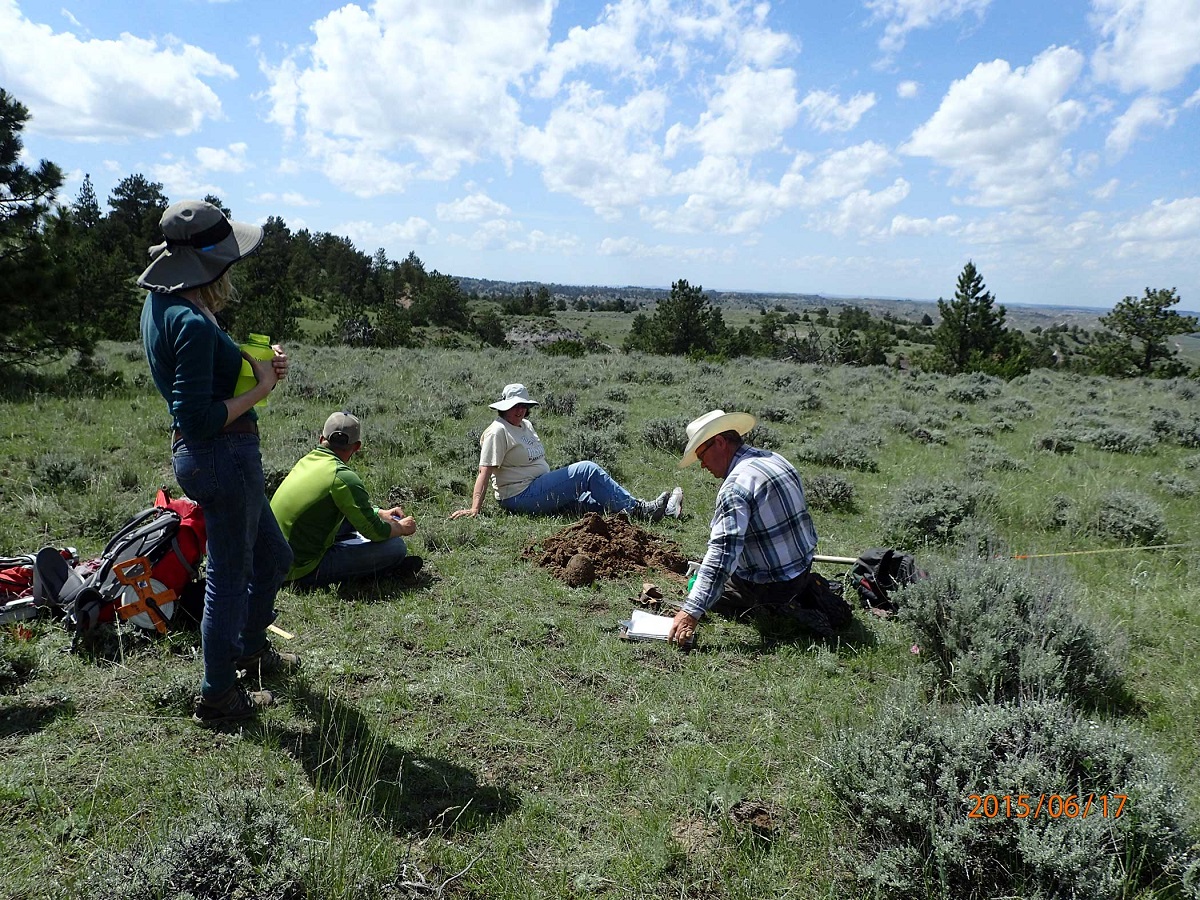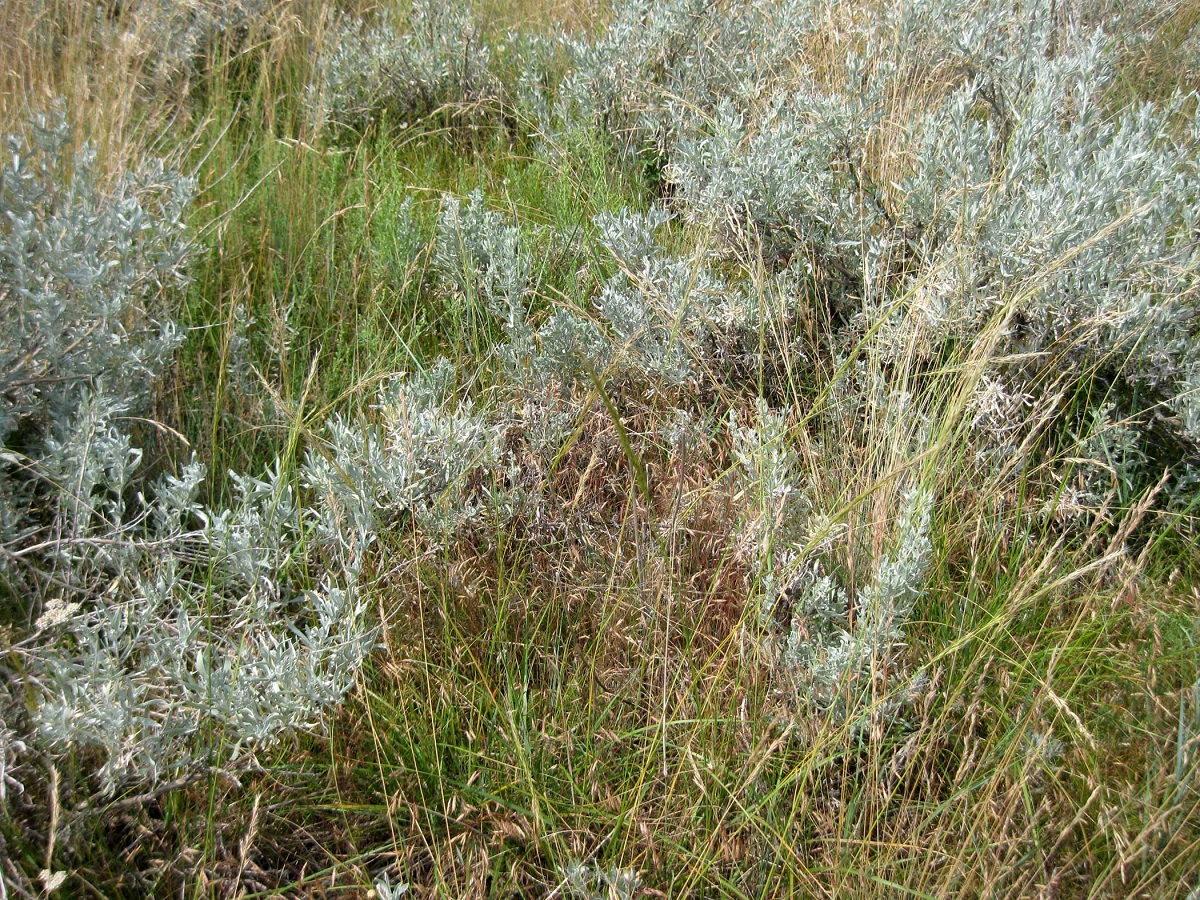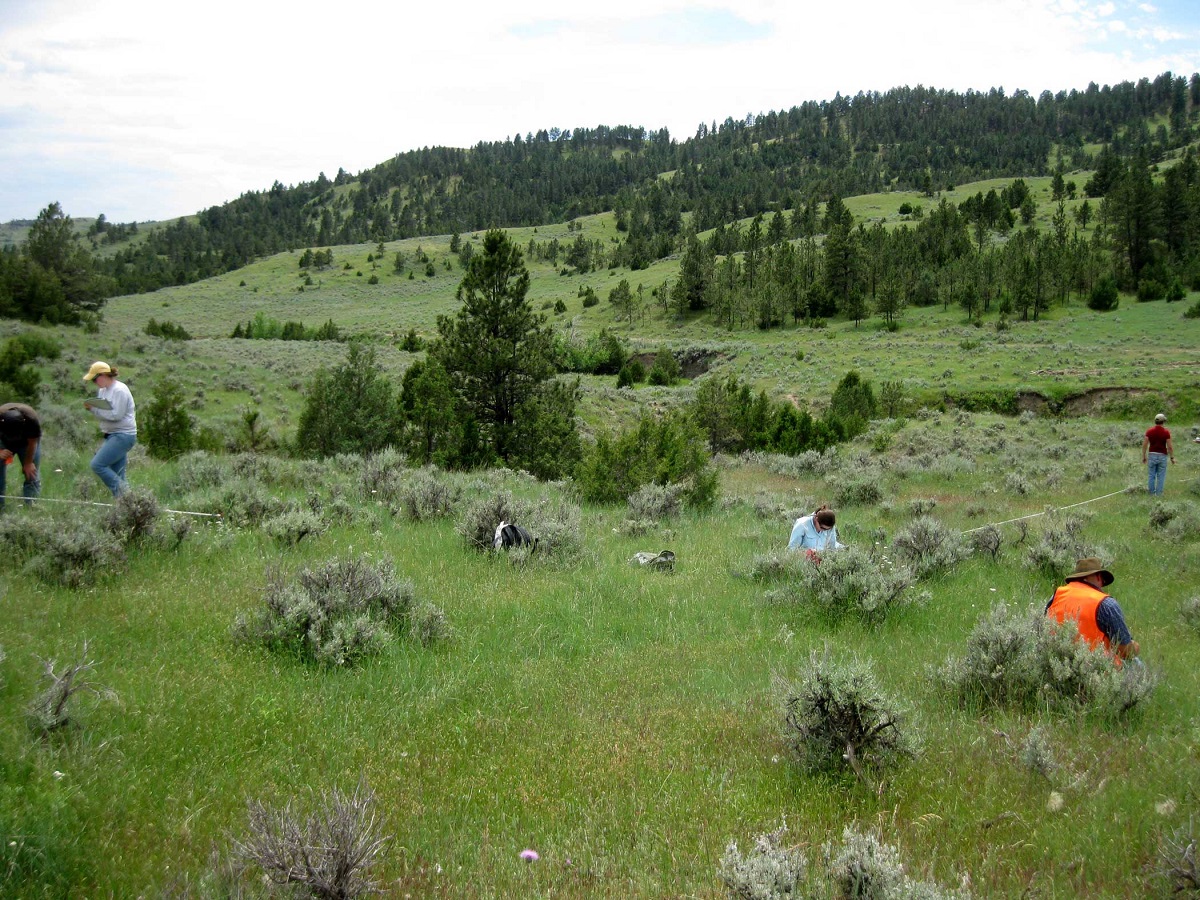Related Stories
- Lake Havasu Fisheries Improvement Program is the gift that keeps giving
- BLM is thankful for public lands volunteers
- BLM delivers on administration priorities
- BLM Fire and National Conservation Lands managers collaborate to meet shared goals
- More than a summer threat: Protecting public lands from fall fires



